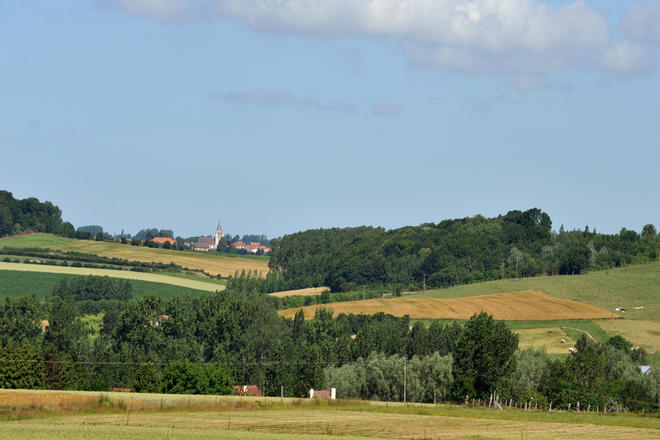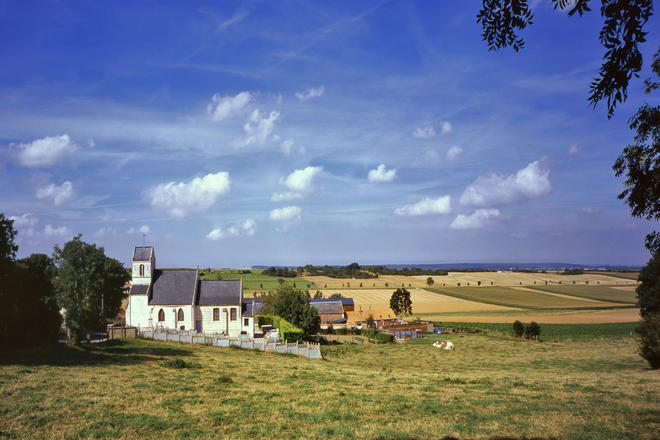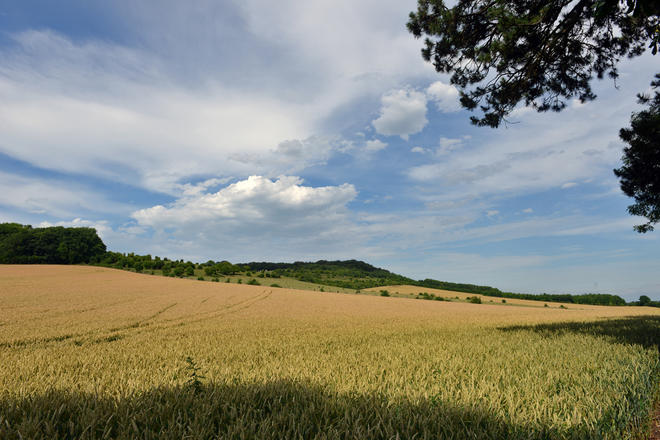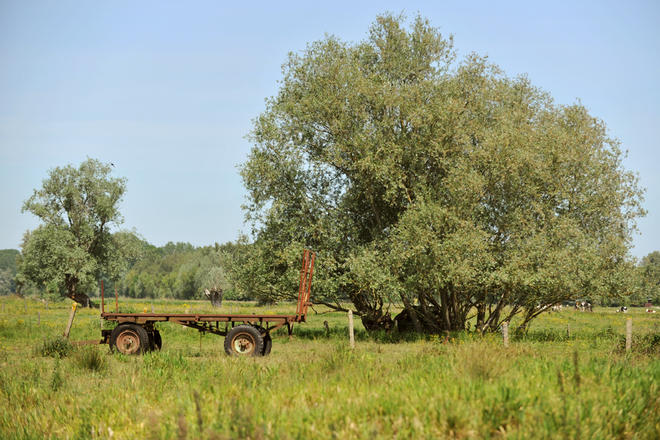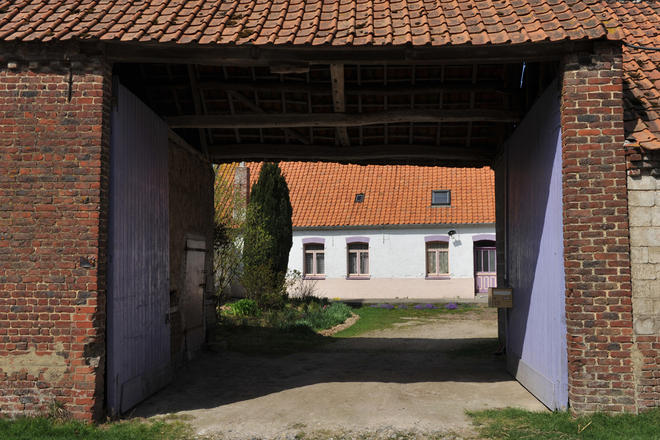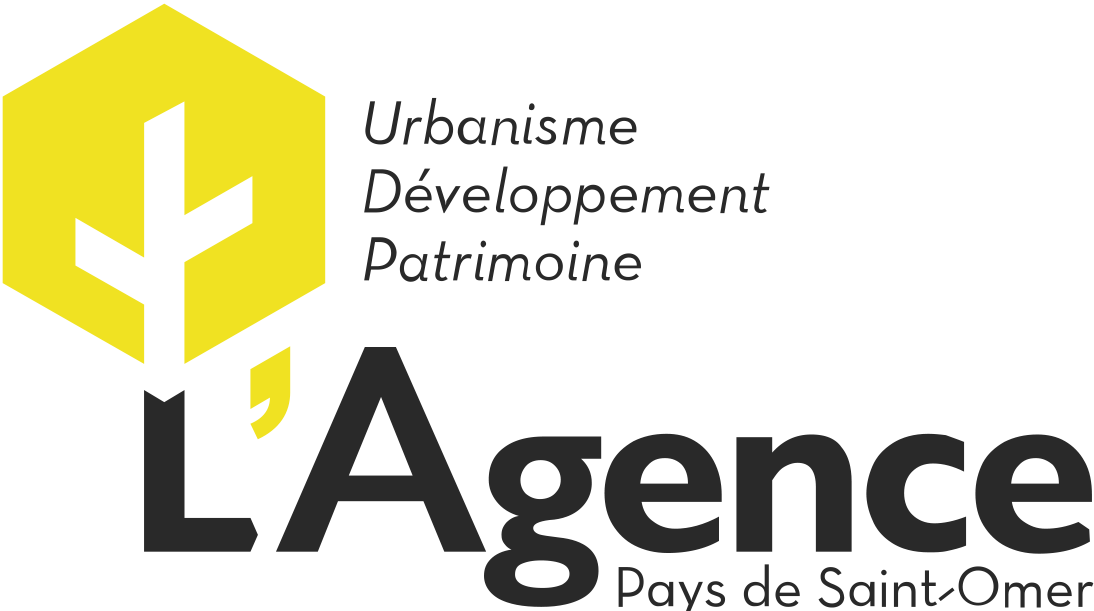Varied landscapes
Whether we are referring to audomarois municipalities, small Artois market towns or villages in old Morinie, one thing is certain, our villages are multi-faceted. The landscapes very considerably and the term “mosaic of small areas” is highly appropriate. Market garden communities brimming over with water and windswept “Hauts-Monts” municipalities live side by side. Some are located idyllically alongside the water of the Rivers Lys, Aa, and Hem, while others are dominated by the wooded or covered Plateau de Landes. The same diversity holds true for the built landscape, with market towns where most of the local community live, and farms and manor houses dotted on the whole marshland.
Over a thousand years of history
Some experts claim that man first lived here in the Gallo-Roman era while others believe there is evidence of human occupation earlier than that. However, villages only began to really take shape in the Middle Ages in a form which bears a certain, albeit limited, resemblance with today’s landscape. The past of these market gardens was marked by major conflict stretching from the Hundred Years War to the battles waged by Louis XIV. During these centuries, each episode of conflict resulted in looting and destruction of the Audomarois and Thérouannais country areas. Relative prosperity returned around 1730, and the aftermath of the Revolution had a significant impact on rural life. Little by little, the countryside began to embrace the modern style of life. The increase in population led to state education becoming more and more widespread and town halls and schools gradually replaced churches and châteaux as key landmarks in rural public life. The landscape also changed as traditional materials gradually disappeared in the 19th and 20th centuries. They gave way to redbrick, symbol of the industrial society in the North whose countryside is a fully-fledged component.
The heritage of the rural areas of the “Pays d’art et d’histoire” is the fruit of this mosaic of landscapes and an eventful history. The natural environment is therefore the first rural heritage. From the markets of the Haut-Pays through Eperlecques and Tournehem forests to the audomarois marshes, visitors will discover contrasting landscapes where the play of curves and counter-curves suddenly gives way to a large expanse of flat open country featuring a large number of canals. At more or less the same time, woods and heathland overshadowed the fields intended for growing cereals. These villages were left with a rich and varied heritage. The numerous white stone buildings perfectly reflect the chalky sub-soil found in the areas surrounding Thérouanne and Tournehem. The scarcity of this material in the market garden area encouraged the local people to use clay, in the form of wattle and daub and yellow brick, followed by the red brick used during the industrial era. Cultural wealth can also be found in the different types of buildings that are present. In addition to several listed churches, rural Audomarois is also home to a large number of châteaux and mansions built in the 18th and 19th centuries.
Landscape heritage
On another level, mills, breweries and dryers bear witness to the existence of an erstwhile rural industry. Farm buildings, of course, represent an important part of rural heritage. There are still some farms dating back to the Ancien Régime that once belonged to the abbeys. They co-exist with small farmhouses with modest outbuildings and large courtyards, properties belonging to farm labourers of the 19th and 20th centuries. In Audomarois, this tranquil farming heritage also lives with the traces of a more sombre period: The Second World War left considerable military remains of the Nazi oppression.




